2 Places You Should Never Let Leaves Pile Up – Plus, the 3 Best Spots to Put Them Instead
Leaving the leaves is great for gardens and wildlife, but where you leave them makes all the difference. Find out the best and worst places to put fall leaves.
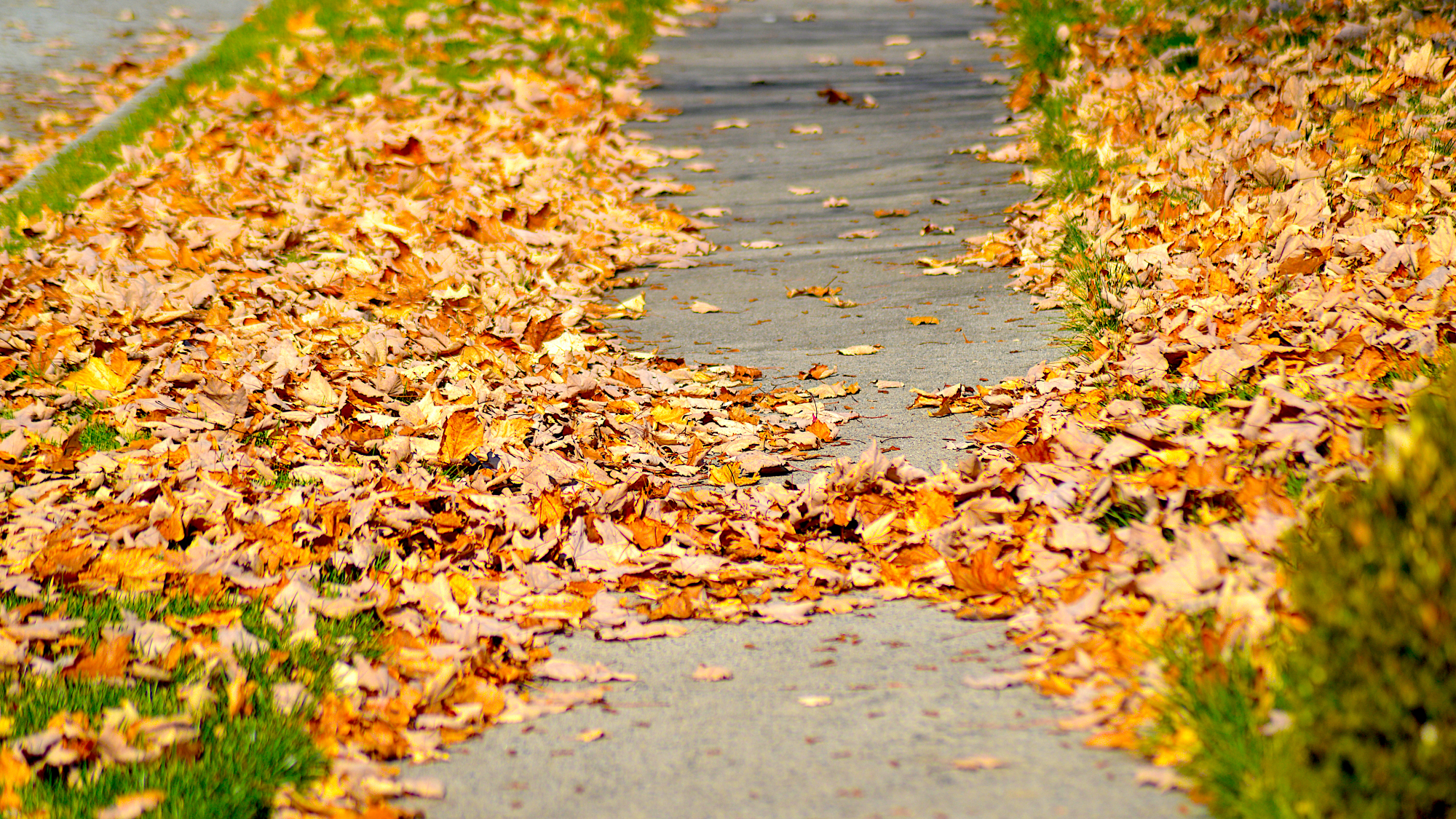

The “leave the leaves” movement seems to gain more attention every fall – and it’s easy to see why. It’s good for the environment and it makes fall cleanup so much simpler for gardeners. But you can’t simply leave every single leaf that falls in your yard and garden and expect no issues.
If you’re interested in trying this sustainable gardening technique this fall, there are a few guidelines to follow first about where you should (and should not) leave the leaves in your landscape. These will help you get the biggest benefits from fallen leaves and keep you safe in your yard and garden.
Let’s take a look at the two places you should never leave the leaves and the three spots in your yard where you should let them pile up instead.
Where You Should Never Leave the Leaves
There are a couple places in your garden where leaving the leaves can cause more harm than good. These are the two spots where you should never let them pile up.
1. On Walkways
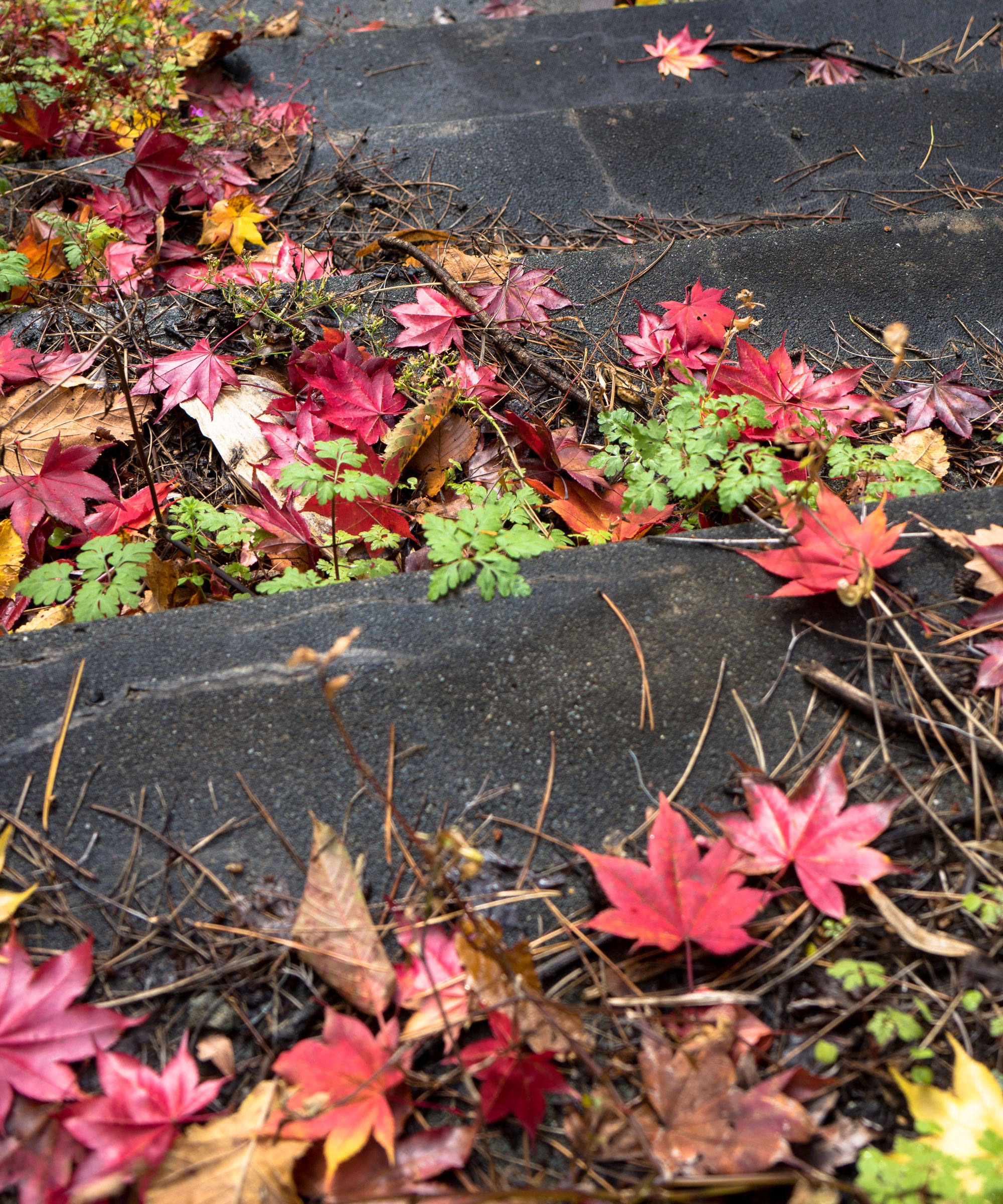
Leaving leaves on walkways can spell trouble. Wet leaves – or even worse, frozen leaves – can make you slip and fall. Outdoor stairs are especially dangerous when coated in a layer of slick leaves.
Not only is leaving the leaves on paved walkways and stairs a hazard, but it doesn’t benefit your garden or wildlife. As leaves break down, they turn into a rich leaf mold that improves soil and help plants thrive. But if they’re left to decompose on paved areas, this nutrient-dense organic matter is wasted and creates a mucky mess for you to clean up later.
2. On the Lawn
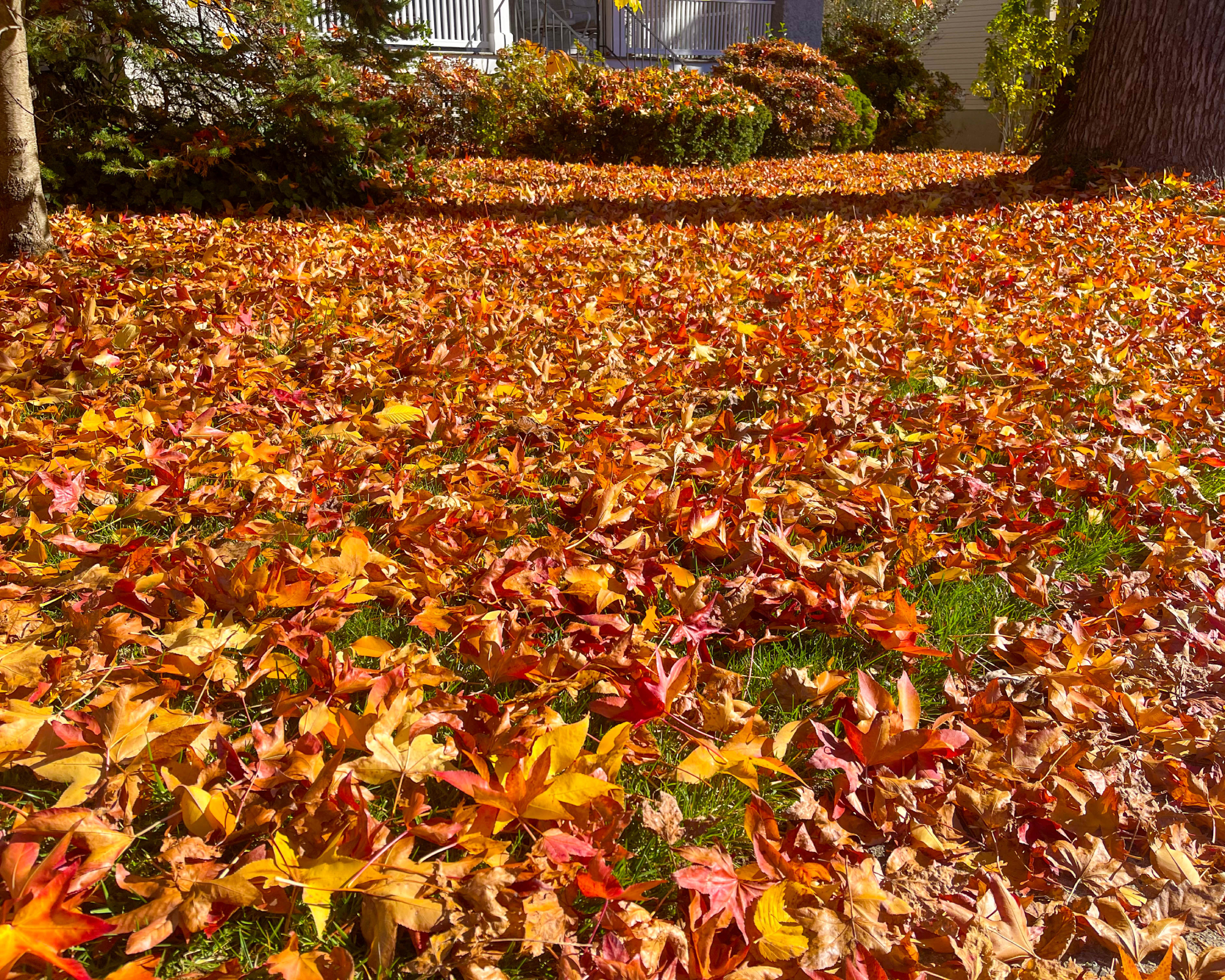
Ok, this one comes with a caveat. You can leave the leaves on your lawn – but within reason. Don’t let fallen leaves totally bury your yard. You should only let leaves cover about 20% of your lawn or else you’re asking for trouble.
Sign up for the Gardening Know How newsletter today and receive a free copy of our e-book "How to Grow Delicious Tomatoes".
Too many leaves left on the lawn can smother your turf over winter and potentially kill grass come spring. It can also increase your chances of developing snow mold fungus over winter and invite animal pests, like voles and mice, in spring.
If you do leave the leaves on your lawn, don’t let them blanket your turf. Chop them up with a lawn mower before they get overwhelming. This helps leaves break down faster and adds nutrients back into the soil. But as with any lawn fertilizer (even organic ones), you can have too much of a good thing. Limit the amount of leaves on your lawn to 10-20% total coverage for the best results.
Where to Put Leaves Instead
There are a few alternative spots in your landscape that benefit from lots of fallen leaves. So if you have too many leaves on your walkways or lawn, blow or rake them into one of these three locations instead.
1. In Garden Borders
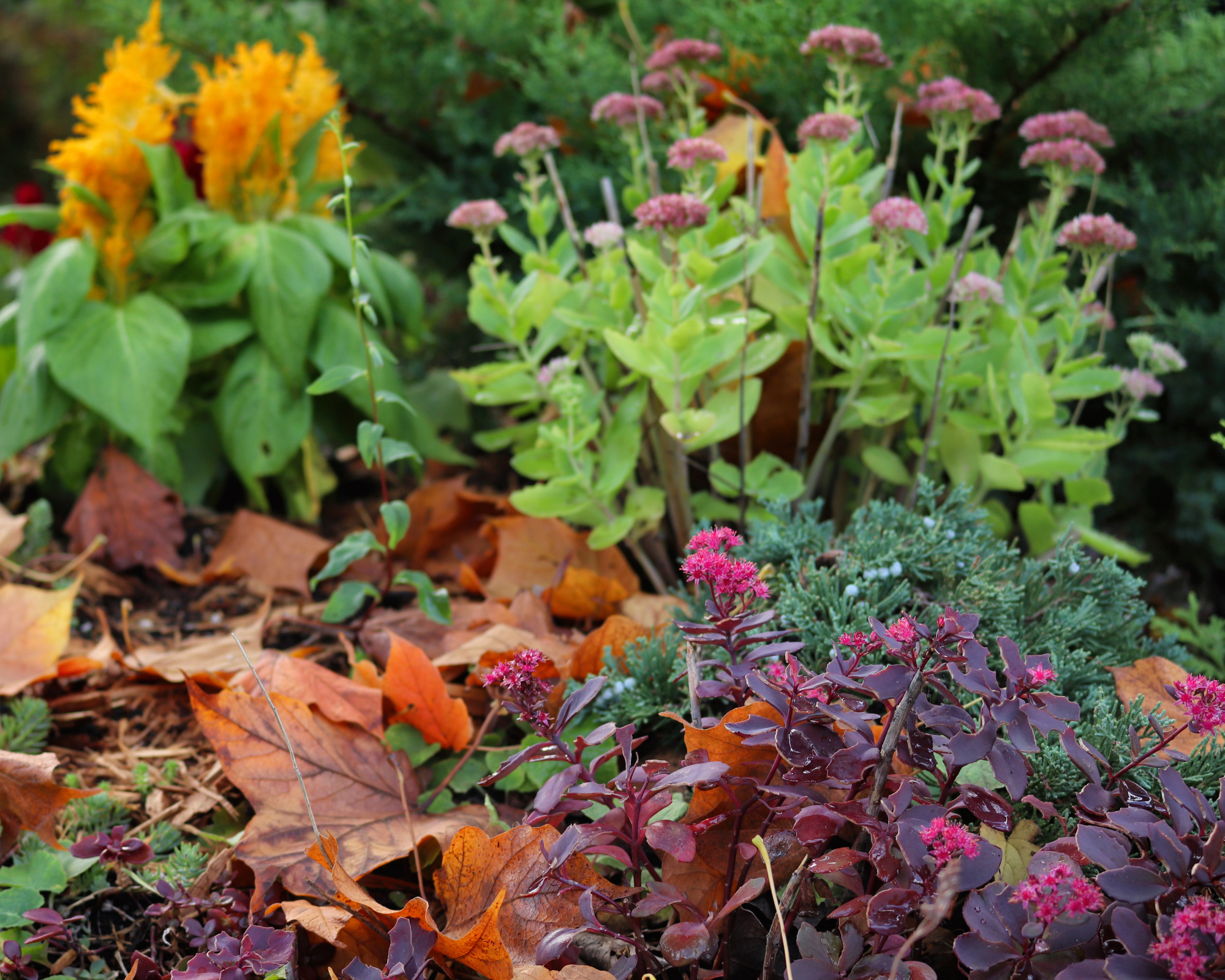
Garden borders are one of the best places to put fallen leaves. They act as a free magic mulch material that not only protects plants over winter, but also adds nutrients back into the soil as they break down.
Rake or blow leaves into beds bordering your landscape and simply let them lie all winter. They’ll slowly decompose around plants, adding organically-rich leaf mold into the soil with minimal effort. An electric leaf blower, like this one from Ryobi on Amazon, makes the job even easier and more eco-friendly.
A 3 to 5 inch (8-13 cm) layer of leaves is ideal. You don’t want to smother plants, but you also want enough leaves to help stop weeds in fall all the way through early spring.
2. Under Trees
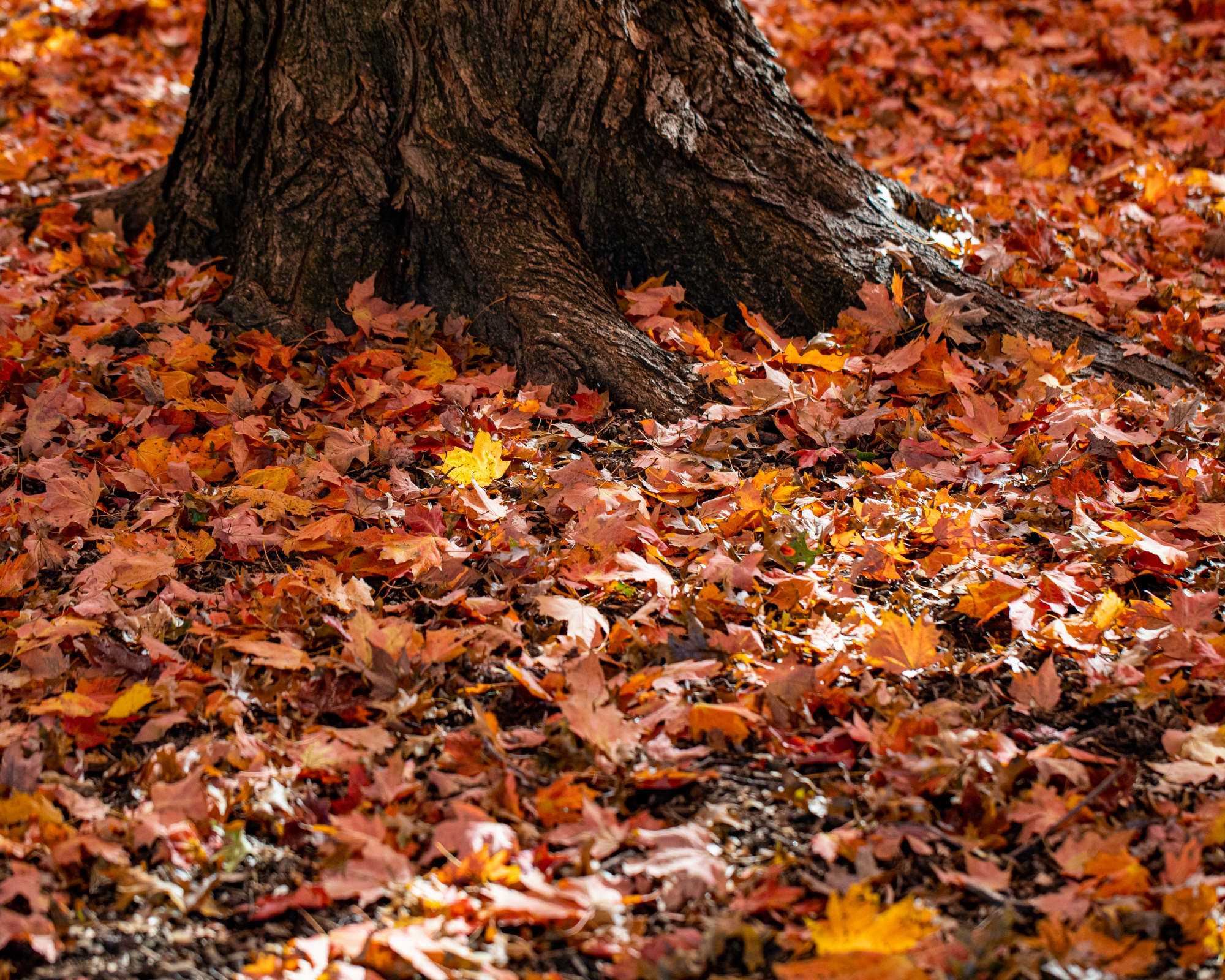
Underneath trees is the perfect place to leave fallen leaves. It’s the main place they naturally fall anyways, so you don’t have to do anything to move them there. However, if you have a tree with a large canopy in your yard, then it may drop leaves all over your whole yard.
If that’s the case for you, simply rake or blow leaves back underneath the tree they came from. This rake and cleanup bag combo from Amazon makes moving leaves to a different part of the yard so easy to do.
I’ve left the leaves that fall underneath the trees in my own front yard for years. I live on a hill, so the soil under the trees is eroding. Every fall, I let the leaves pile up to add organic matter back to the eroded areas. This improves the soil underneath the trees and also makes it easier to grow shallow-rooted plants in this low soil area that help minimize erosion.
3. In the Compost Pile

If you have too many fallen leaves and aren’t sure what to do with them, then a compost pile is a great solution. You can either start a compost pile from scratch with all your freshly fallen leaves or you can add them to an existing pile or bin.
A compost tumbler, like this one from Amazon, speeds up the composting process and prevents a big pile of leaves from blowing back into your yard. By next spring, you’ll have a ton of black gold from all your fallen leaves. You can add this to your vegetable garden, ornamental beds, or give your favorite shrubs a boost.
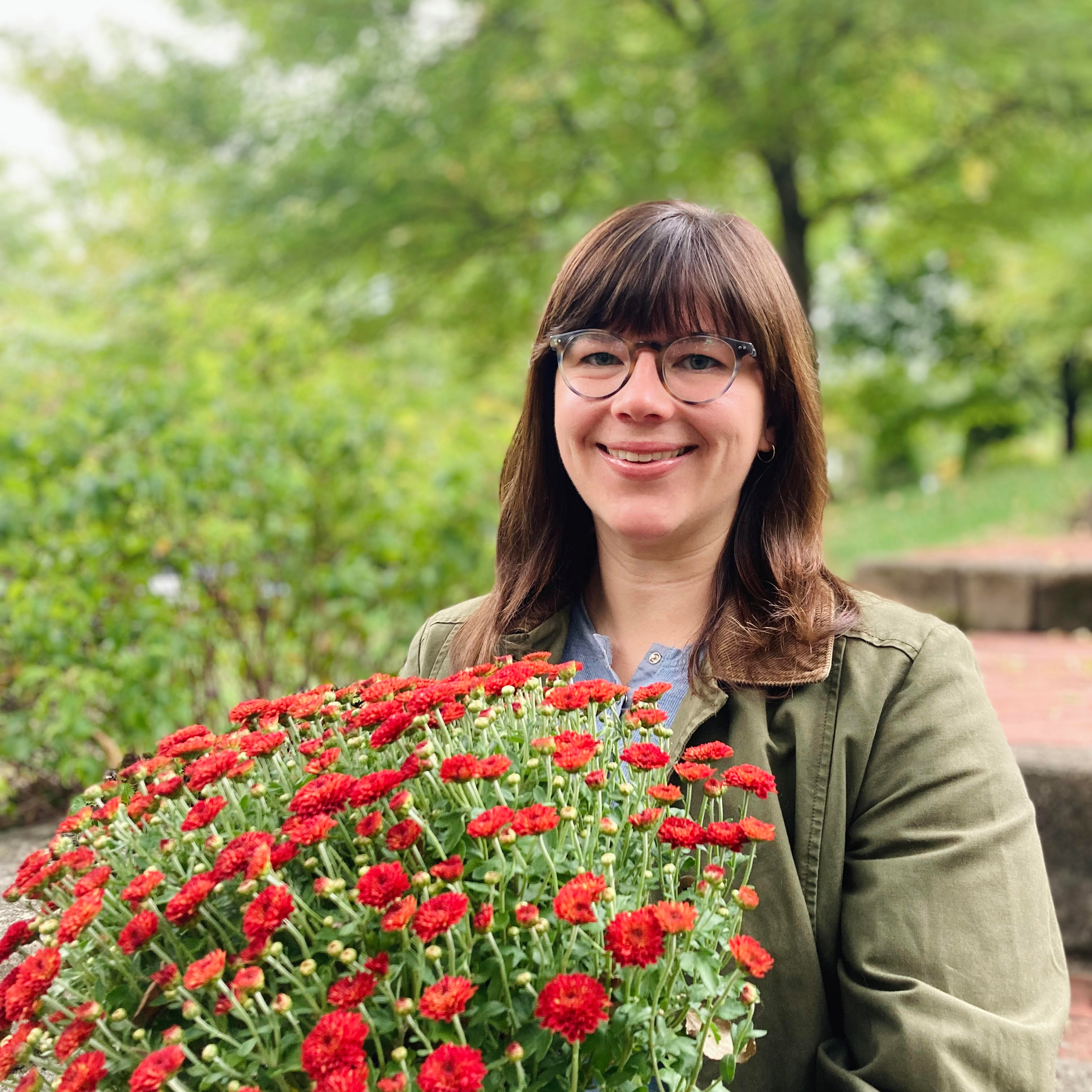
Laura Walters is a Content Editor who joined Gardening Know How in 2021. With a BFA in Electronic Media from the University of Cincinnati, a certificate in Writing for Television from UCLA, and a background in documentary filmmaking and local news, Laura loves providing gardeners with all the know how they need to succeed, in an easy and entertaining format. Laura lives in Southwest Ohio, where she's been gardening for ten years, and she spends her summers on a lake in Northern Michigan. It’s hard to leave her perennial garden at home, but she has a rustic (aka overcrowded) vegetable patch on a piece of land up north. She never thought when she was growing vegetables in her college dorm room, that one day she would get paid to read and write about her favorite hobby.